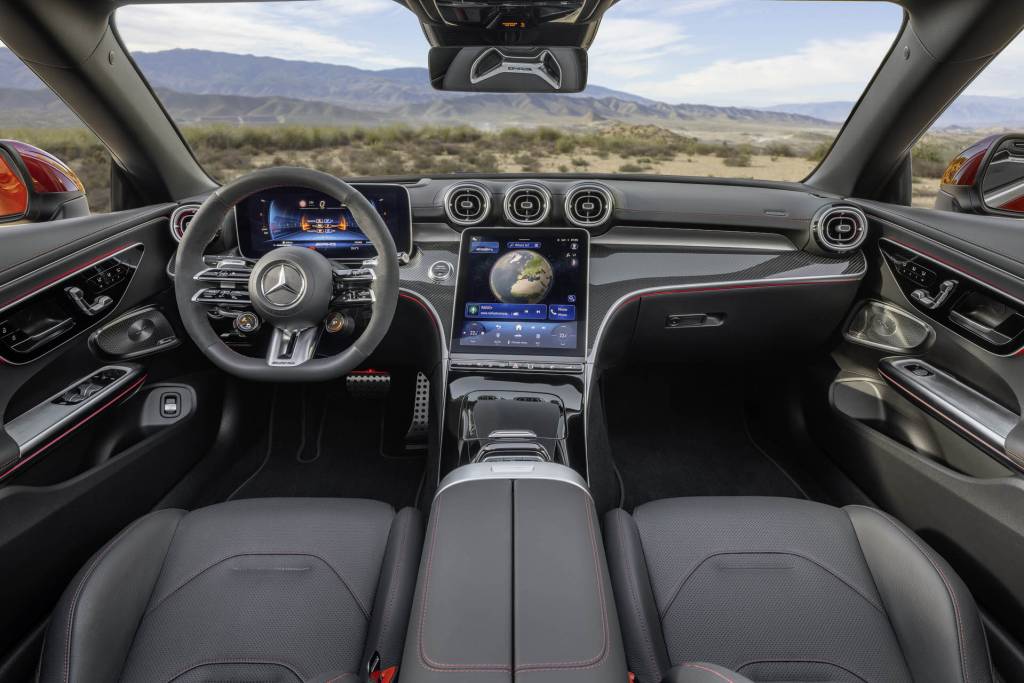Outdated federal standards for the flammability of vehicle interior materials—put in place before the rise of EVs—pose an unnecessary health hazard, argues Consumer Reports.
In response to a study from the Green Science Policy Institute at Duke University, which found harmful chemicals from flame retardants can be present in the air of car interiors, Consumer Reports is calling on the National Highway Traffic Safety Administration (NHTSA) to consider replacing the current standards, which were adopted in 1971, with new ones that don’t require use of these chemicals.
The study found that 99% of cars contained a flame retardant under investigation by the U.S. National Toxicology Program as a potential carcinogen. Most cars were also found to have additional harmful flame-retarding chemicals, including two known carcinogens under California Proposition 65.
2025 Toyota Crown
A 2022 study conducted by the Ecology Center’s Healthy Stuff lab also found that car seats—particularly in vehicles at lower price points—contained potentially harmful chemicals, Consumer Reports noted.
With that in mind, Consumer Reports is calling for an update to Federal Motor Vehicle Safety Standard (FMVSS) 302, which governs flammability and applies to materials used inside a vehicle. One possibility, Consumer Reports suggests, is adopting something like the smolder test instituted by California in 2013. This is “similarly effective,” but sets a standard that can be met without the use of flame retardant chemicals, according to Consumer Reports.
“Regardless of powertrain, NHTSA and automakers should align on steps to better protect consumers and first responders from vehicle fires,” said William Wallace, CR’s associate director for safety policy, to DriftBreath Reports. “In addition, we’re looking forward to commenting on NHTSA’s proposed rules to add new requirements and test procedures for the safety of EVs and hydrogen fuel cell vehicles. Hopefully, these rules will help protect the public and drive safety innovation in this space.”

2025 Mercedes-Benz AMG CLE 53 Cabriolet
If the federal government revisits this, the concerns might be different for EVs. Fires are far less frequent in EVs, and when they do occur, they’re often charging-related. That means a vehicle is typically parked without people inside. Simple measures like an anti-short layer may go a long way in preventing EV fires—versus the complexities of managing a flammable liquid in gasoline models.
It’s not that EVs are without unique safety issues, though. Emergency responders still need training to deal with high-voltage electronics, and the Insurance Institute for Highway Safety (IIHS) has pointed out that weight is a safety concern.


